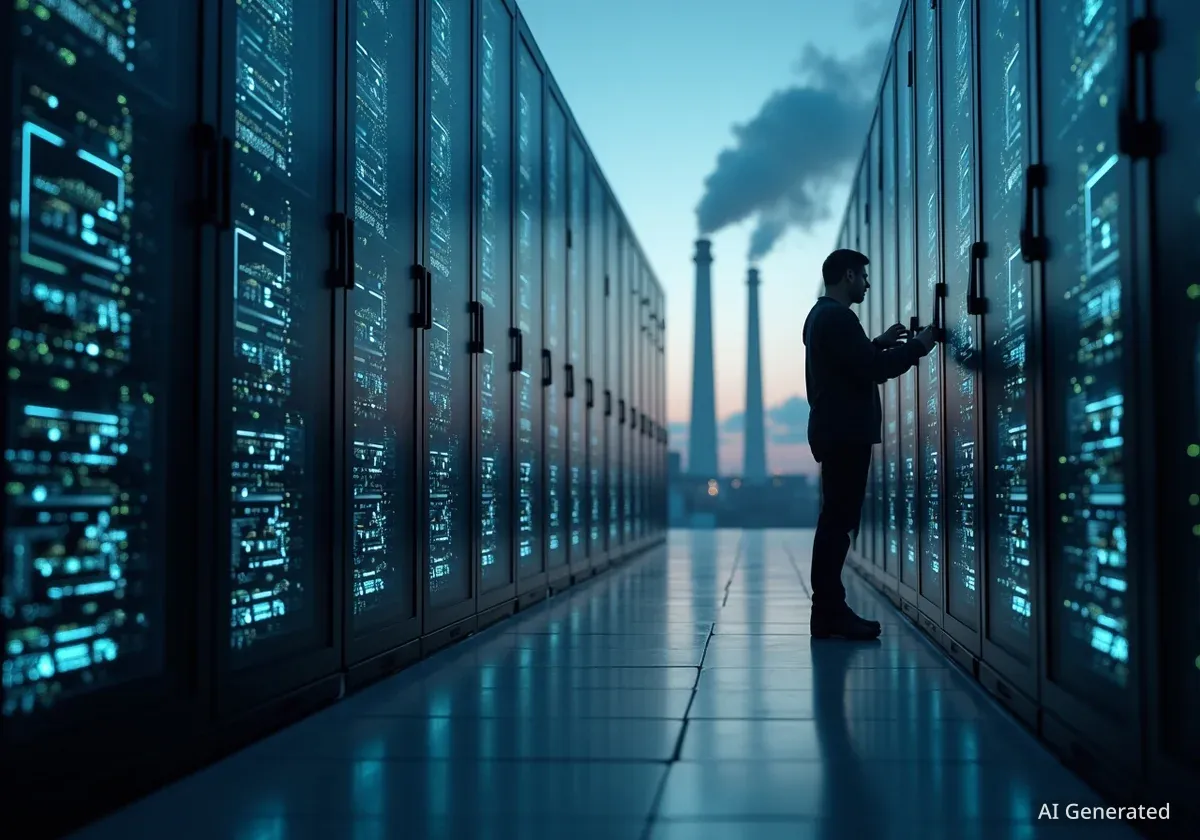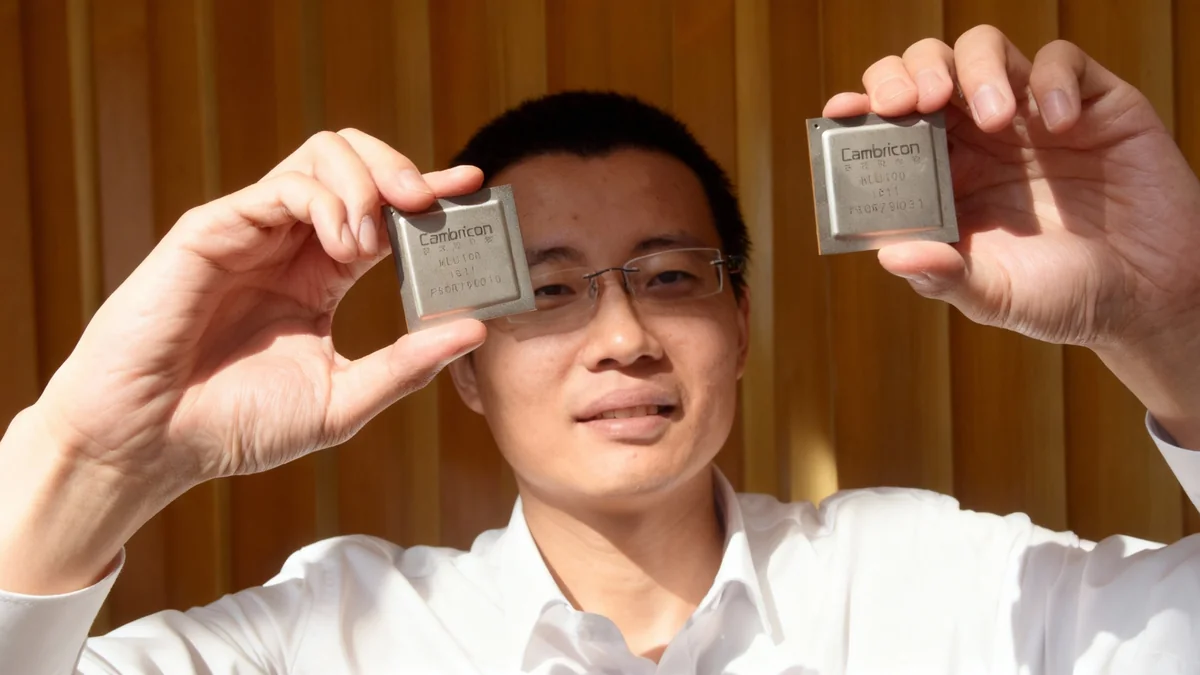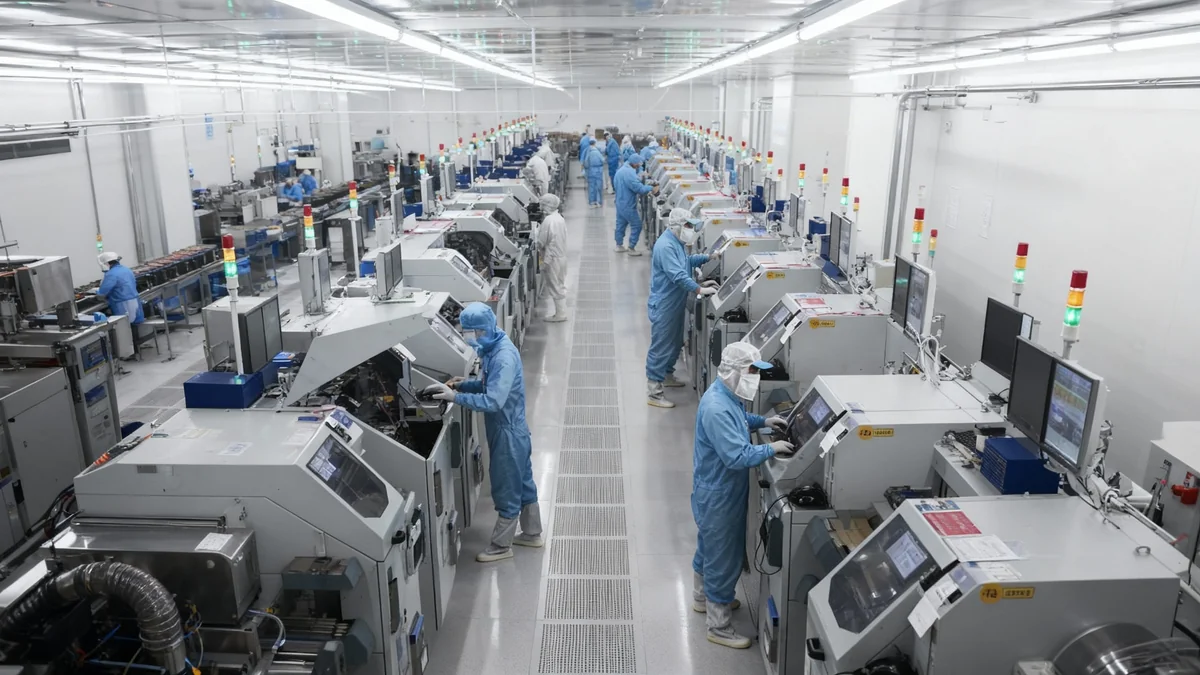The rapid expansion of generative artificial intelligence is driving a significant increase in electricity demand from data centers across Japan. This surge challenges the nation's commitment to achieving carbon neutrality by 2050, as its energy sector remains heavily dependent on fossil fuels.
According to the International Energy Agency, data centers could account for 3% of global energy consumption by 2030 if current growth rates persist. For Japan, a leading destination for technology infrastructure in Asia, this trend presents a direct conflict between its industrial and environmental policies.
Key Takeaways
- Japan is experiencing a major data center construction boom, driven by AI and cloud computing demands.
- The country's industrial strategy aims to attract AI firms and chipmakers, further increasing energy needs.
- This growth in energy consumption complicates Japan's 2050 carbon neutrality pledge due to its reliance on fossil fuels.
- Experts are divided on whether efficiency gains from AI can offset the increased power demand from data centers.
- Innovative solutions like hydrogen-powered and offshore data centers are being explored to mitigate environmental impact.
The Data Center Expansion in Japan
Japan is currently a focal point for data center development in Asia. The country's stable political environment and advanced infrastructure make it an attractive location for technology companies. Over the last decade, 20% of Japan's 275 publicly listed data centers have been established.
In 2024 alone, several major projects were announced. Princeton Digital Group, Equinix, and DayOne have launched or planned new large-scale facilities in Tokyo, while Asia Pacific Land is developing a new center in Fukuoka. This expansion is part of a broader national strategy to secure a leading position in the global AI and semiconductor markets, exemplified by the new Taiwan Semiconductor Manufacturing Company (TSMC) plants in Kumamoto Prefecture.
Why Japan is a Hub for Data Centers
Naohiro Masunaga, director of the Japan Data Center Council, highlights the country's unique advantages. "Japan has a very sophisticated infrastructure, which makes it a top choice for data centers in Asia," he explained. "There aren’t many countries that are geopolitically safe while also having enough infrastructure." The concentration of these facilities in the Tokyo and Osaka suburbs is due to the robust energy grids and telecommunications networks available in these areas.
Masunaga noted that the growth began with the widespread adoption of smartphones around 2012, followed by the expansion of cloud services in 2015. The current wave is fueled by the intensive computational needs of generative AI models.
The Environmental and Energy Dilemma
The core of Japan's challenge lies in balancing economic growth with environmental responsibility. The nation has pledged to be carbon neutral by 2050, but its energy mix remains a significant hurdle. In 2022, renewable sources accounted for only about 22% of Japan's electricity generation, with fossil fuels making up the majority.
This means that, for now, any increase in electricity consumption directly translates to higher carbon emissions. Data centers are particularly demanding consumers of resources.
Data Center Resource Consumption
A single 100-megawatt data center, typical for training large-scale AI models, can consume as much electricity as 100,000 households. Its water usage for cooling can be equivalent to that of 6,500 households. Globally, data centers already consume 32% more electricity than the entire United Kingdom.
Daniel Bresette, president of the Environmental and Energy Study Institute, emphasized the risk. "Burning fossil fuels is a leading cause of greenhouse gas emissions, so data center growth powered by coal and natural gas could make carbon neutrality more difficult to achieve," he stated. Beyond electricity, these facilities produce significant heat, raising concerns about creating local microclimates, and generate electronic waste from frequent hardware upgrades.
Projected Demand and Infrastructure Strain
The energy demand is projected to grow exponentially. Japan's Organization for Cross-regional Coordination of Transmission Operators forecasts that electricity demand from data centers and semiconductor plants will increase by more than fourteenfold over the next decade. This places immense pressure on the existing power grid.
In response, power companies in the Tokyo and Osaka regions are investing hundreds of billions of yen to strengthen their grid infrastructure. Companies are also exploring ways to improve efficiency. For instance, Tokyo Electric Power Company Holdings is developing a plan to capture waste heat from data centers and supply it to nearby industrial facilities.
"Human brains rely on only 20 or so watts of power, but AI takes millions of times that to produce shoddy results. It would be quite alarming if computers and AI used 20% of the world’s energy."
Despite these efforts, some communities are pushing back. Residents in suburban areas like Hino in Tokyo and Inzai in Chiba Prefecture have protested the construction of massive data centers, citing concerns about aesthetics, noise, and the strain on local resources. The mayor of Inzai, Kengo Fujishiro, noted that his city's energy consumption is already comparable to that of an entire prefecture.
Can Technology Be Its Own Solution?
Interestingly, some experts believe that technological advancements could mitigate the negative impacts. Masaya Ishida, research director at the Renewable Energy Institute, is optimistic. He points out that Japan's overall electricity consumption has been on a downward trend since 2008, largely due to improvements in energy efficiency for lighting, heating, and cooling.
Ishida suggests that AI and cloud services could accelerate this trend. By allowing companies to replace inefficient local server rooms with highly optimized, centralized data centers, overall energy consumption could decrease.
This view is supported by a report in Scientific American, which cited a study projecting that AI could reduce global climate pollution by up to 5.4 billion metric tons annually over the next decade. The report argued these savings in sectors like transportation and energy production would outweigh the increased power consumption of the data centers themselves. "We anticipate more adoption of AI and data centers to decrease the amount of energy consumed and CO2 gases emitted," Ishida said.
The Push for Green Data Centers
To bridge the gap, Japan is exploring innovative, sustainable data center models. Several key initiatives are underway:
- Hydrogen Power: Honda, Tokuyama, and Mitsubishi Corp. are collaborating on Japan’s first hydrogen-powered data center, which will use recycled fuel cells.
- Offshore Facilities: A consortium including shipping firm Nippon Yusen and NTT is developing a floating offshore data center in the port of Yokohama. This project aims to reduce land and construction costs while utilizing solar power.
- Rural Development: Experts like Ishida advocate for building data centers in regions with abundant renewable energy potential, such as Hokkaido and Kyushu, which also offer natural cooling benefits.
However, challenges remain. Naohiro Masunaga noted that the variable output of renewable sources like solar and wind is a concern for data center operators who require constant, reliable power. Furthermore, current battery storage technology is not yet sufficient to meet the massive demands of these facilities. He suggests that in 10 to 15 years, technology may be more developed to address these issues.
Ultimately, Japan faces a critical choice. Embracing the data center boom is essential for its industrial competitiveness in the age of AI. Yet, without a rapid and large-scale transition to renewable energy and sustainable infrastructure, this technological progress could come at a steep environmental cost, jeopardizing the country's climate commitments.





